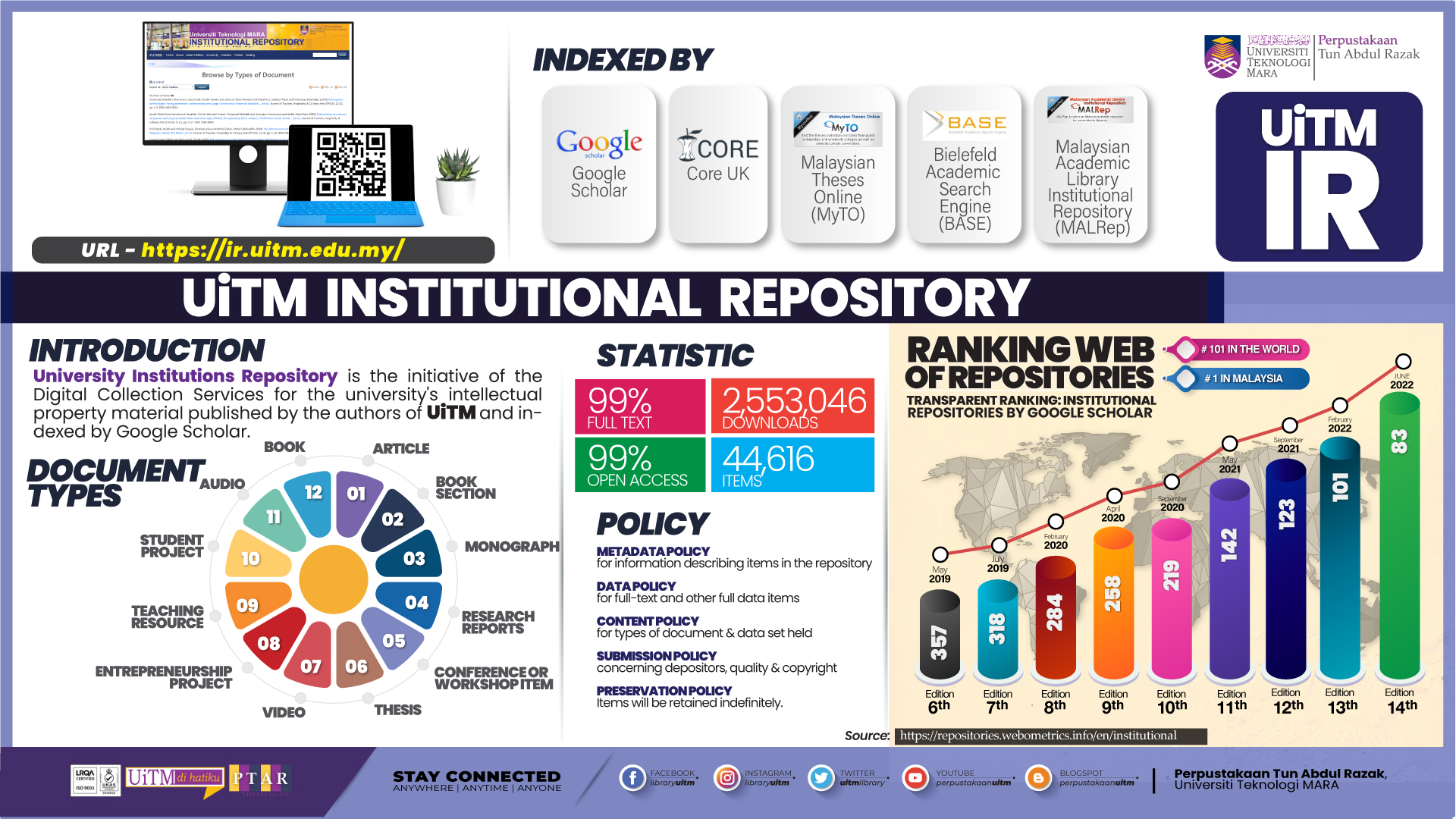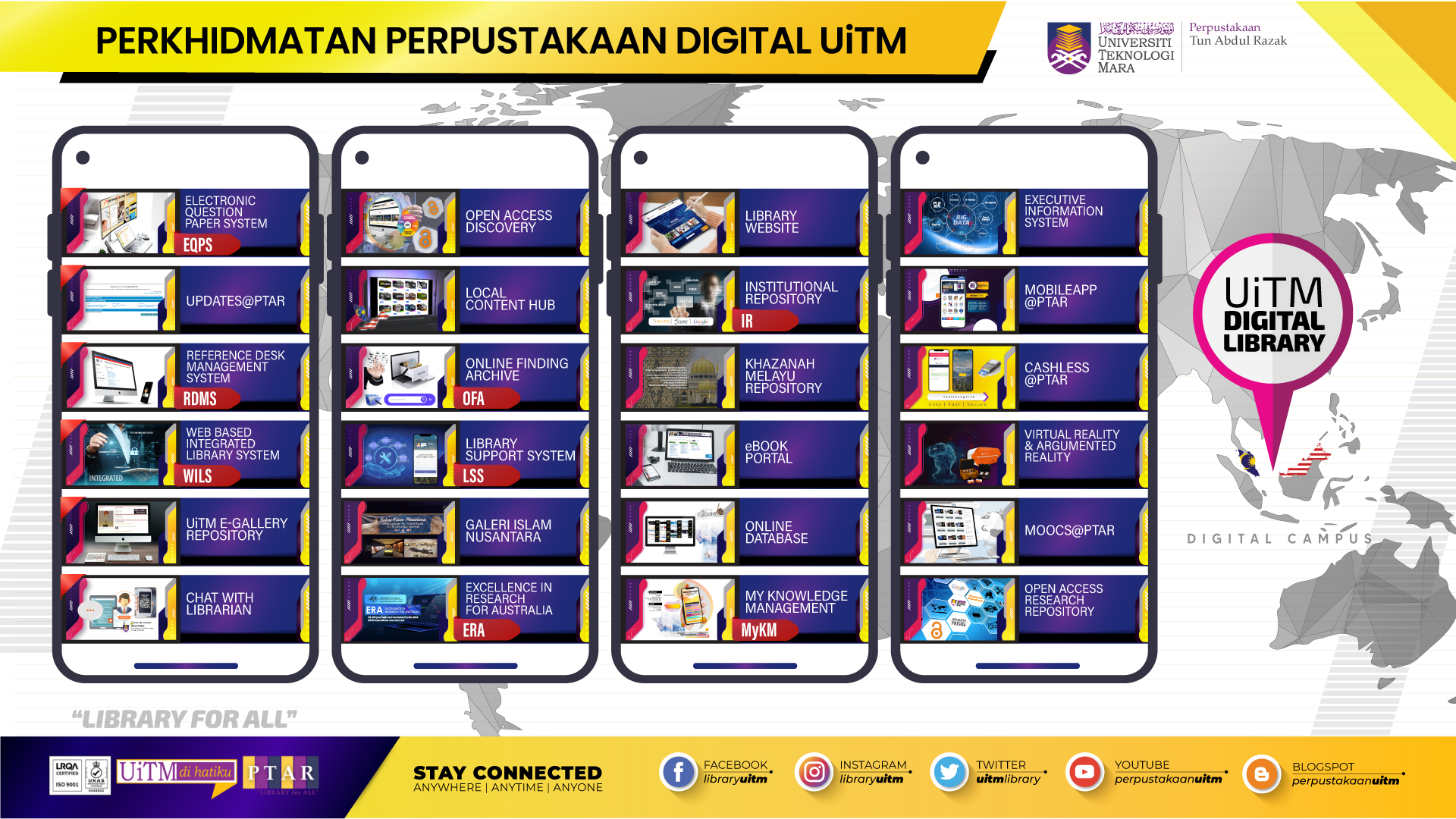Nak tahu apa dia Load Balancer tu lihat maklumat seterusnya:
Load balancing is a computer networking methodology to distribute workload across multiple computers or a computer cluster, network links, central processing units, disk drives, or other resources, to achieve optimal resource utilization, maximize throughput, minimize response time, and avoid overload. Using multiple components with load balancing, instead of a single component, may increase reliability through redundancy. The load balancing service is usually provided by dedicated software or hardware, such as a multilayer switch or aDomain Name System server.
http://en.wikipedia.org/wiki/Load_balancer
Load Balancer Review 2010
http://buyloadbalancers.com/lobare20.html
HOW TO CHOOSE
Know your traffic. Having a good idea of your current network traffic level will help you size the right model to fit your needs. If you don't have this information handy, check with the person in charge of paying your monthly bandwidth bill. Also consider your traffic growth pattern and buy a device that will not only meet your needs today, but for 12 to 24 months in to the future.
Try it out first. Even though the top brands all have similar features, they tend to do things slightly differently. Also this is a chance to see which management interface you and your staff prefer. Any decent load balancing vendor should be able to provide you with an evaluation unit quickly. This gives you a glimpse in to their future responsiveness.Which features will you use? Deciding which features are important to your company will significantly cut down on your task of evaluating the product. Load Balancers today have a cornucopia of features. Don't fall in to the trap of kicking the tires on all the bells and whistles! Decide which features are must haves, which ones are nice to haves, and which ones you'll most likely never use. Prioritize your time accordingly. Otherwise, it can take six months or more to test a load balancing device. With proper prioritization, it shouldn't take more than two weeks to evaluate a load balancing device.Cost. Cost. Cost. As we mentioned earlier, price per connection or price per megabit has been steadily decreasing. However, some vendors are willing to give you more connections per dollar. Make sure you compare apples to apples when making your buying decision. The industry standard metrics are:-New layer 4 connections per second (the device can process)-New layer 7 connections per second (the device can process)-Layer 7 transactions or requests per second (applicable to HTTP traffic only)-Maximum throughput (the device can handle)-SSL Transactions Per Second (or TPS)Be careful not to confuse layer 7 connections per second (or CPS) with transactions per second (or TPS). Specifically to HTTP, it is possible to pass multiple HTTP TPS or requests (RPS) over a single TCP connection. Some vendors use the term TPS and others use RPS to describe HTTP traffic. The most honest vendors are more inclined to disclose all five of the above metrics openly on their website. These devices aren't cheap, so in order to know what you're getting, insist on the above standard metrics.
VENDOR ROUNDUP
The field of enterprise load balancing continues to change in 2009. Foundry was acquired by Brocade. Seattle based F5 Networks was one of the early players in this space. F5 today is not solely focused on load balancing. Through a myriad of acquisitions, they now offer SSL VPNs to file virtualization devices. Netscaler is but a tiny division inside Citrix. From what we've observed, the pace of R&D has slowed dramatically and dedicated Netscaler field engineers have been eliminated. As a result, both F5 and Citrix are defocused from load balancing. Both companies have been talking about releasing 64 Bit version of their O/S for some time to take advantage of the current 64 Bit processors. And yet the software has yet to materialize. Which brings us to the Silicon Valley based startup, A10 Networks. Since they appeared on the scene, they've been a very impressive force in the load balancing space. They've 'Wowed us' with their pace of new product releases, user friendly interface, and the first to release 64 Bit O/S besting the old incumbents in this space. Whichever vendor you choose to go with, make sure you do your homework. A good place to start is the vendor's website.
www.a10networks.comwww.citrix.com
www.f5.com
Load Balancer F5
A load balancer is a device that acts as a reverse proxy and distributes network or application traffic across a number of servers. Load balancers are used to increase capacity (concurrent users) and reliability of applications. They improve the overall performance of applications by decreasing the burden on servers associated with managing and maintaining application and network sessions, as well as by performing application-specific tasks.
Load balancers are generally grouped into two categories: Layer 4 and Layer 7. Layer 4 load balancers act upon data found in network and transport layer protocols (IP, TCP, FTP, UDP). Layer 7 load balancers distribute requests based upon data found in application layer protocols such as HTTP.
Requests are received by both types of load balancers and they are distributed to a particular server based on a configured algorithm. Some industry standard algorithms are:
- Round robin
- Weighted round robin
- Least connections
- Least response time
Layer 7 load balancers can further distribute requests based on application specific data such as HTTP headers, cookies, or data within the application message itself, such as the value of a specific parameter.
Load balancers ensure reliability and availability by monitoring the "health" of applications and only sending requests to servers and applications that can respond in a timely manner.
F5 products that can act as a Load Balancer:
F5 solutions involving a Load Balancer include:
- Global Load Balancing Solutions
- Link Load Balancing Solutions
- Local Load Balancing Solutions
- Capacity Balancing Solutions
http://www.f5.com/glossary/load-balancer.html
Happy Load Balancing!












